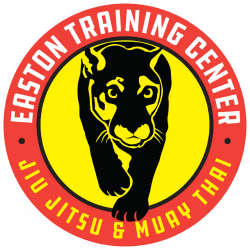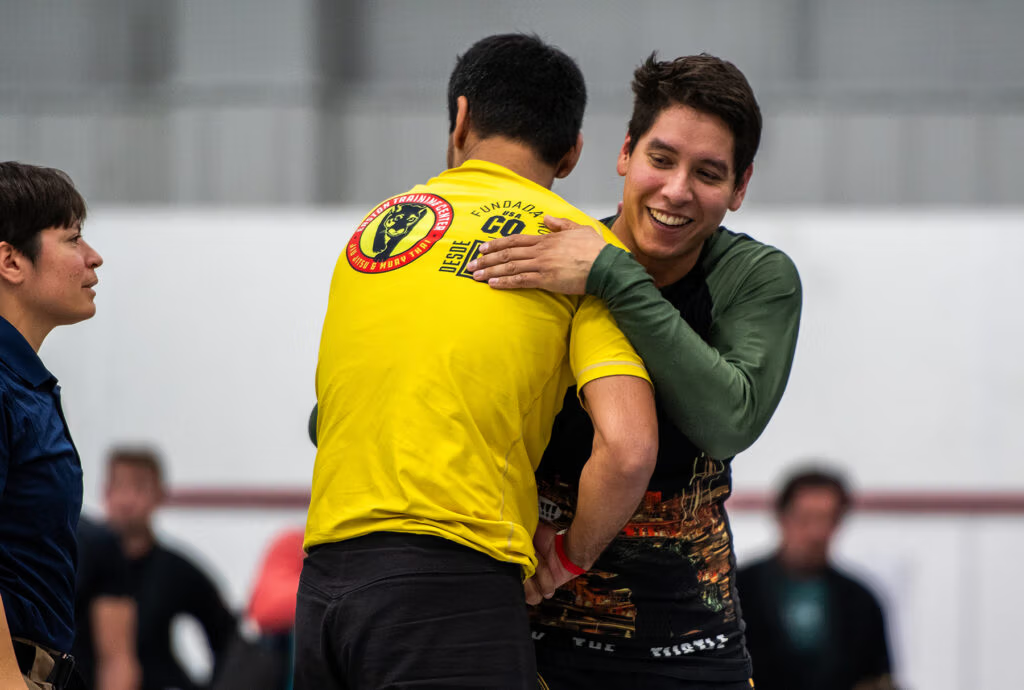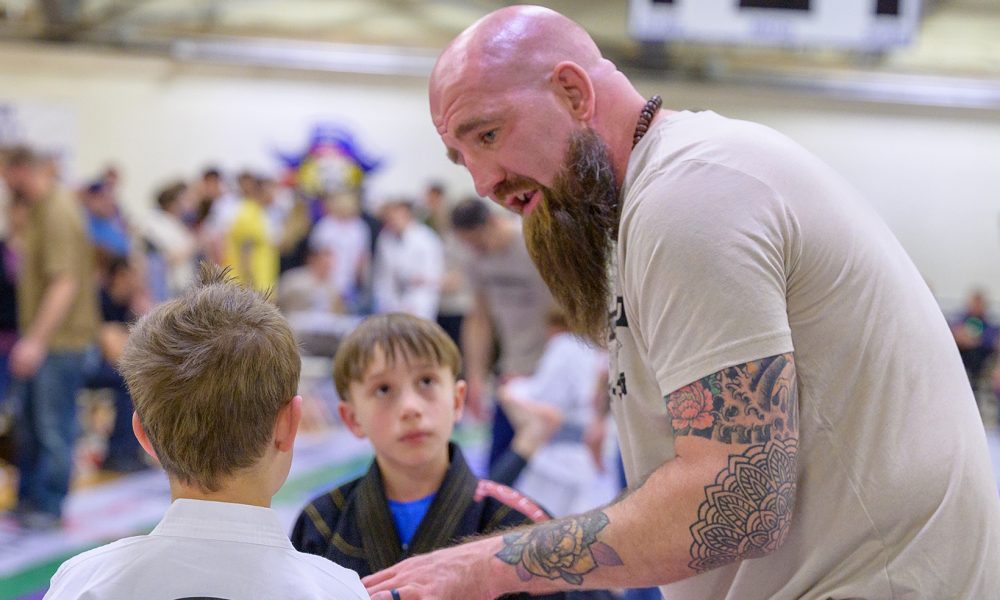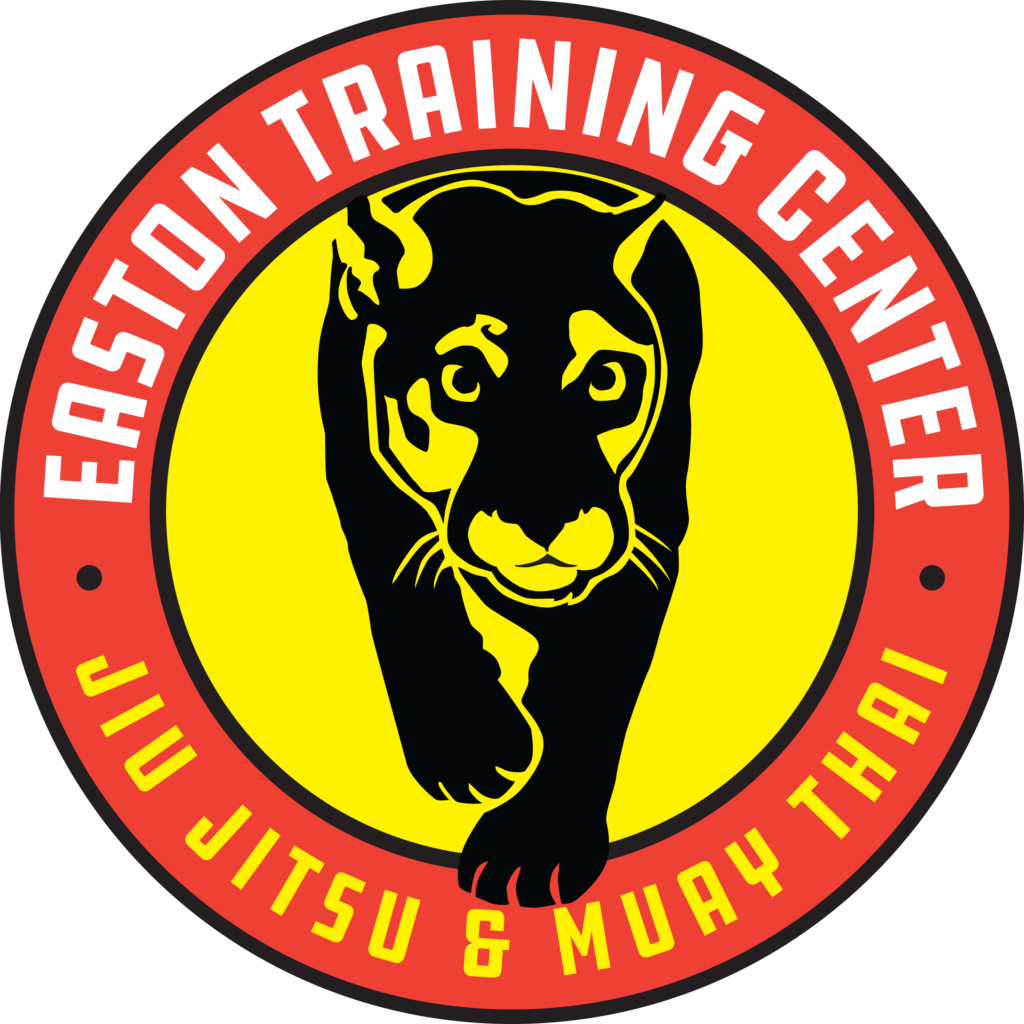Humans are amazing creatures. Yet we have our limitations. We can’t fly like birds, nor can we swim like dolphins, or run like cheetahs, yet time and again we see athletes accomplishing the wildest feats with their bodies. We see kids cutting triple somersaults and circus performers defying gravity as they fly from telephone poles to their partners’ shoulders.
Part of this, one could argue, is natural talent, athletic skill, age (…bone to cartilage ratio), and circumstance. However, a large part of any amazing feat is the massive amount of dedication, discipline and resilience required to achieve it.
Struggling through the learning curve may be easier when you’ll barely remember it (ever been on a bus at Eldora when a line of two-foot tikes with snowboards waddles by?) and grow up on the highwire.
Still, through force of will – with dedication and resilience – you can also accomplish feats you thought would be impossible for you at any age. When learning new skills, we just have to get started. The initial burst of any new activity can be addicting, but we have to keep coming back even after that shiny newness begins to fade.
Embracing the challenge
Martial arts in particular isn’t just addicting – it’s a challenge (part of what makes it so addicting). We don’t just get a good workout in combat sports like Brazilian Jiu Jitsu or Muay Thai, we work through an exhausting mental process that can be both physically and emotionally difficult.
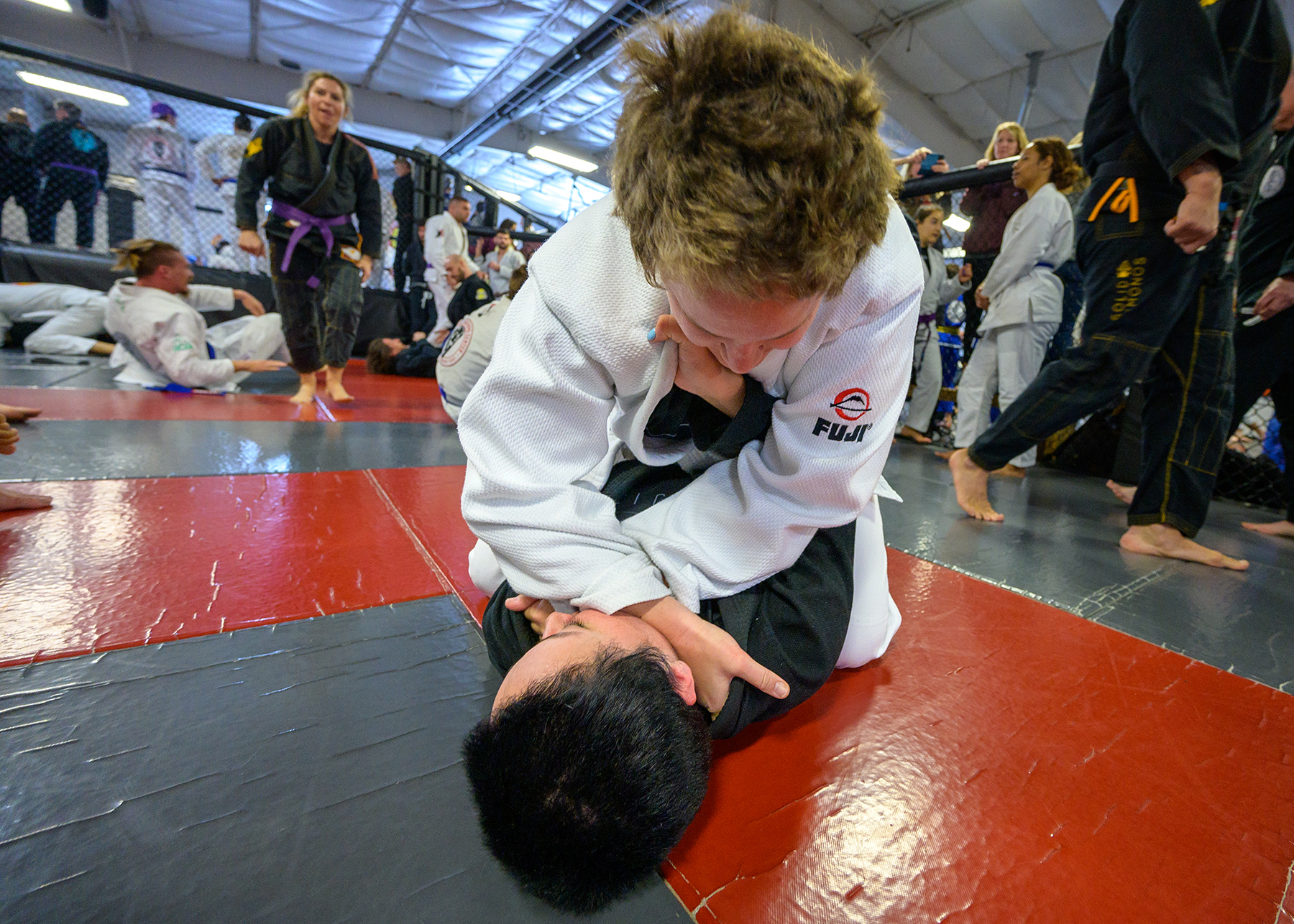
As a grappling sport, Jiu Jitsu has us on our backs, crushed beneath a partner’s weight, especially at first. We can’t dodge to avoid contact; we have to get right up into the middle of the challenge – the closer the better. When we get to the center, we’re able to start maneuvering our escape through a carefully calculated process using pivot points, limbs and leverage.
It can suck regardless, but if you don’t like being vulnerable or diving into the heart of challenge, it’s going to suck way worse. Wriggling on your back is not fun – it feels helpless and sometimes endless. When you’re pinned to the mat by a training partner you’re stuck there until you can find your way out or the round comes to an end.
[Things to Help Keep You on the Mat]
When you get home after your first few training sessions, your ego likely feels just as beat as your body – or more. As you continue to train, you gradually begin to reap the reward. Positions that seemed daunting and impossible to escape transform into doorways you can slip in and out of with relative ease.
You get smarter, you start to understand technique, and you spend less time getting smashed.
You learn how to remain calm in the toughest situations and find and create your openings , you build resilience of spirit. You come to know you can throw yourself into the fire and come out the other side.

Beyond the mat
Gradually, you begin to approach everything in life that way. You begin to trust yourself in vulnerable situations. You know if you go in and keep your ego out, you can come out on top.
You can apply this philosophy to almost any tough situation you find yourself in because there are few aspects of ourselves that the mats will allow us to hide. In those moments, it’s nobody and nothing but you, your arsenal of techniques and body language, and your partner.
In that moment you may feel like you died and came back to life 20 times, but the 21st time–that’s the one that you’ll remember. It’s the moment that shows you who you really are and how resilient you can be.
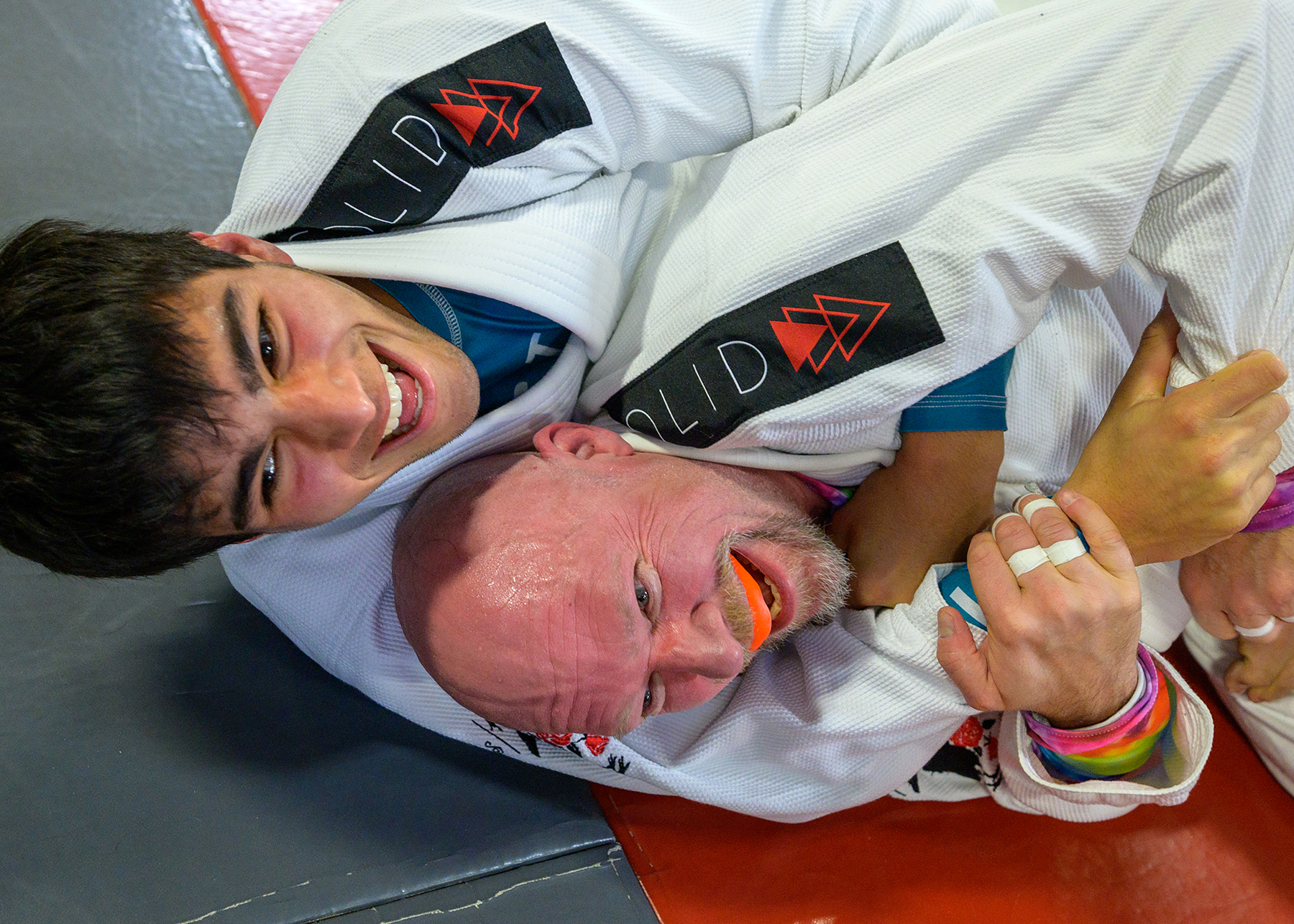
One of the reasons Easton Training Center has a strong Kids Martial Arts Program is because at the core of it, our kids are all heart and fire. They unabashedly dive in and fight to the death (not literally) because they’re unafraid. They will just as soon stop and help each other out or welcome the new kid.
They exemplify the resilience that Jiu Jitsu can teach us if we allow ourselves to see the lesson.
Whether you find Jiu Jitsu when you’re eight or thirty-eight (or eighty-eight), we’re never too old to begin seeing the world, and ourselves, in a new way.

